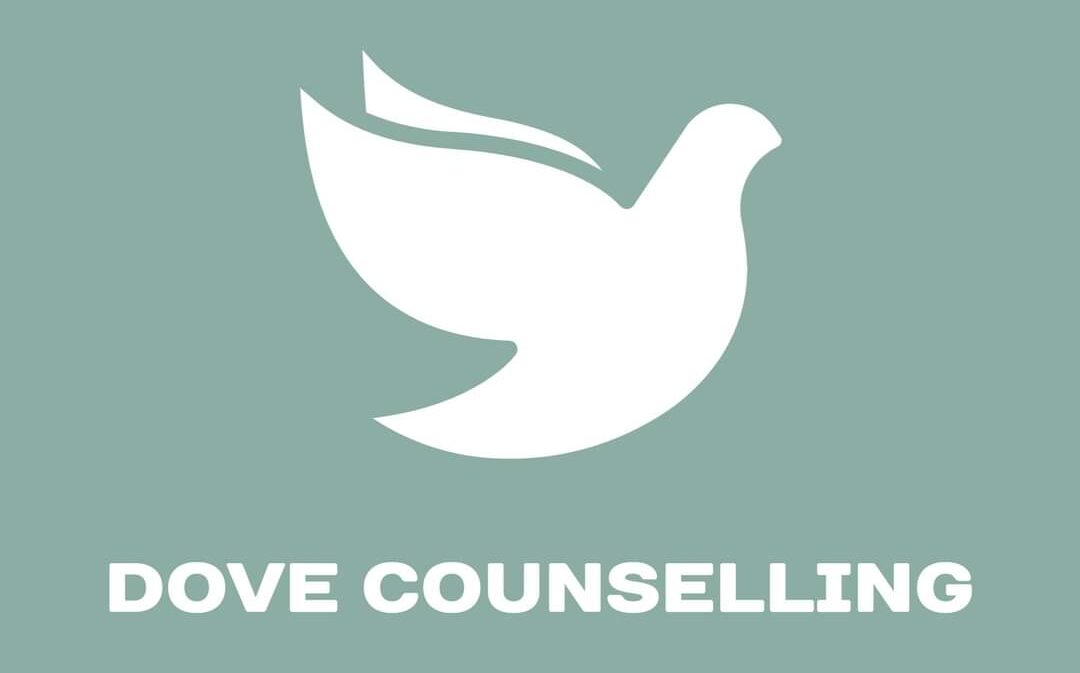
8 common myths about therapy
Therapy can be an incredibly effective way to support mental health, promote well-being, and foster personal growth. Yet, despite increasing awareness, many myths and misconceptions about therapy still persist. These false beliefs can prevent people from seeking the support they need—or from fully benefiting once they do.
Let’s unpack and debunk eight common myths about therapy, so you can approach it with clarity, confidence, and realistic expectations.
Myth 1: “Therapy is for weak people”
Truth: Seeking therapy is not a sign of weakness—it’s an act of strength and self-awareness. It takes courage to ask for help and take steps toward change. Therapy empowers individuals to address challenges, build resilience, and prevent small issues from escalating into bigger ones.
Myth 2: “Only people with serious mental illness need therapy”
Truth: Therapy is for anyone who wants support, guidance, or personal growth—not just those with severe mental health conditions. Many people turn to therapy to navigate everyday stress, relationship issues, life transitions, or simply to better understand themselves.
Myth 3: “Therapy is all about talking about your childhood”
Truth: While your past can influence the present, therapy is usually focused on your current challenges and how to move forward. Some background may be explored if it’s relevant, but therapy isn’t just a deep dive into childhood unless that’s what’s needed for healing.
Myth 4: “Therapy is just about venting”
Truth: Therapy is more than just “getting things off your chest.” It’s a structured, collaborative process that helps you understand your emotions, develop healthier patterns, and make meaningful changes in your life.
Myth 5: “Therapists sit behind desks while you lie on a couch”
Truth: This image is outdated and mostly rooted in movies. In reality, therapy usually takes place in a warm, welcoming setting, often with both therapist and client sitting in comfortable chairs. Most therapists prioritize creating a safe, relaxed space—note-taking is often minimal during sessions to ensure full presence and engagement.
Myth 6: “Therapy is only for people with serious problems”
Truth: Therapy supports people with a wide range of concerns—from mild stress and work pressure to grief, relationship struggles, and more. Seeking therapy doesn’t mean your problems are “serious”—it means you value your mental and emotional well-being.
Myth 7: “Going to therapy means I’ll have to take medication”
Truth: Therapy and medication are separate treatments. While some people benefit from a combination of both, many people improve through therapy alone. A therapist doesn’t prescribe medication; they’ll only recommend seeing a doctor or psychiatrist if they believe it could be helpful—and only if you’re open to it.
Myth 8: “Therapists will tell me what to do—or become my friend”
Truth: Therapy isn’t about getting advice or hiring someone to be nice to you. Therapists don’t have all the answers, but they can help you explore your experiences, challenge unhelpful thinking, and develop coping strategies. The relationship is professional, bound by ethics and confidentiality—not friendship. You remain the expert of your own life, and therapy is a collaborative journey.
Therapy is not a quick fix
Therapy is a process, not a one-time solution. It takes time, effort, and patience. Lasting change often comes through consistent reflection, practice, and small steps forward. Progress may be gradual, but the benefits can be life-changing.
Final thoughts
By understanding and challenging these common myths about therapy, we open the door to healing, self-discovery, and growth. Therapy isn’t a last resort—it’s a proactive, empowering step toward better mental health. You don’t have to wait for things to get “bad enough.” Support is available, and you deserve it.

0 Comments